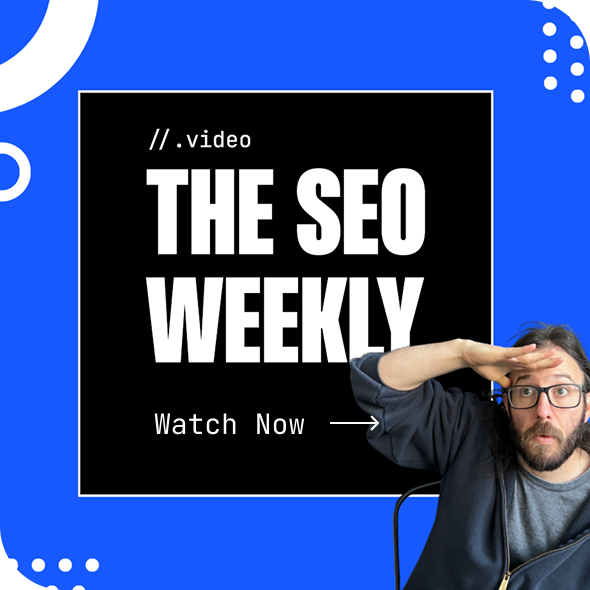Ranking for a single keyword feels like a futile exercise in the context of modern SEO, but breaking down the line items can highlight the insanely extreme value that compounding SEO offers most businesses.
Let me show you how you can turn a $55K SEO and content investment for a single page into a $3.6M ROI.
Sound absurd? It might be. But the framework makes sense. If you’re only interested in rankings and traffic, get off the train, because incremental revenue and business value should be the true goal for SEO.
The idea comes from a thought-provoking post by our old colleague Gaetano DiNardi on X (which opened up a can of worms).
It costs around $10,000 to rank one page at the top of Google.
— Gaetano 🇺🇦 (@gaetano_nyc) January 15, 2024
When you actually factor ALL costs.
1. Strategist.
2. Content brief.
3. Writer.
4. Editorial.
5. Staging, metadata, QA and publish.
6. Adding internal links.
7. Backlinks — average cost is $400 for a good…
$10K for a single, yet high-value keyword?
That sounds astronomical and you’d be hard-pressed to find a marketing manager to sign off on that budget. Large brands frequently spend budgets upwards of 6 and 7 figures on SEO and content. Yet it makes sense, developing strategy, creating content, and optimizing for search requires a ton of resources, time, and management. You can see how a single keyword is a worthy investment.
But DiNardi pulled on a thread that led to a string of unexpected costs as you consider the reality of the thought exercise. He came back 3x with a budget of $30K.
Yesterday I said $10,000, but it actually costs around $30,000 to rank ONE PAGE at the top of Google for a competitive SaaS keyword.
— Gaetano 🇺🇦 (@gaetano_nyc) January 16, 2024
Here’s an example.
Let's reverse engineer the math for [employee onboarding software].
The top ranking page is a 4,000 word guide by Zapier. To…
I’d argue that he’s only scratching the surface.
Perhaps the post was tongue-in-cheek, but I decided to expand on the initial premise. Let’s investigate a few assumptions, address a variety of caveats, and land on an example that steps outside the SaaS bubble.
Why SEO isn’t about single keywords
The point of this exercise is not intended to scare you from investing in SEO. We know from working with our clients in the financial services industry that a well-designed SEO strategy combined with a sound content strategy effectively executed can deliver billions in revenue. But it requires a savvy business with an intentional and purposeful approach to its marketing to stay ahead of the competition.
SEO is changing. The search journey requires a deeper understanding of customers. It’s not about targeting one keyword. It’s about targeting the first search, then the next, and the next. It’s about predicting the journey that your audience is taking.
People are individuals, but we do share similar searching behavior and vocabulary when we seek the same information.
Your job as a marketer is to be present, visible, and memorable at every step of the search journey and give your brand the best chance at winning the affinity of your future customers.
SEO is never about a single keyword.
But assuming we wanted to plunge into this SEO exercise, what do we need to consider to determine how much money it would cost to invest in the SEO and content of a single keyword?
Keyword Assumptions
Keywords are not created equal. We can’t make a blanket statement around the cost of ranking for one keyword. That’s not how any of this works.
Keywords and content don’t exist in a vacuum.
There’s context around each keyword that can exponentially expand the value. A 4,000-word blog post could likely rank number 1 for your targeted keyword, but it will potentially also rank for 300 other keywords. That’s only one reason it’s hard to truly quantify the value of a piece of content that ranks for your targeted keyword.
So what do we need to consider before we reverse-engineer the budget?
The Modern Marketing “Funnel”
The search journey is messy. How customers search doesn’t have a linear path like the traditional marketing funnel.
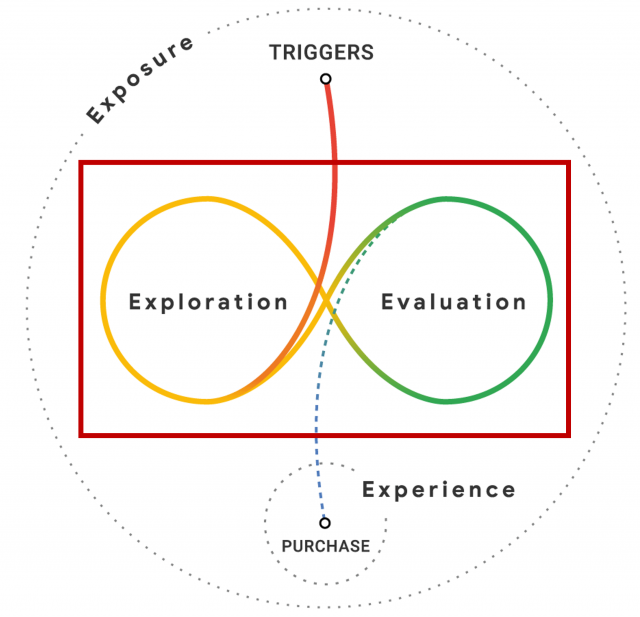
Searches at the beginning of the journey rarely lead to a purchase unless it’s a cheap B2C product.
In his article, Gianluca Fiorelli explains how informational searches fall under the exploration category. The searcher is figuring out what the heck they want. They’re bringing their own experiences, associations, and biases to their search journey.
A keyword in the exploration phase is going to be less commercial, and less valuable. But it likely offers more search volume and has more indirect competitors.
The keyword employee onboarding software is going to have more value than how to onboard an employee, but might be further from a sale than the best employee onboarding software or employee onboarding software for accountants.
Search Intent
Some keywords have an obvious search intent.
- What’s the time in London?
- When was the last time the Dallas Cowboys made it to the Super Bowl?
- Install a new smoke detector
But other keywords can be a bit more vague and Google needs more context to determine what exactly you’re searching for. These are typically shorter, less descriptive queries.
- Football
- Are you asking how to play football?
- Where to buy a football?
- What does a football look like?
- Email marketing
- Are you looking for the definition of email marketing?
- Do you want best practices or beginner’s guides?
- Do you need software?
- Meatloaf
- Are you looking for the food?
- Do you mean the singer who starred in Fight Club and Rocky Horror Picture Show?
- Mike King
- The baseball player?
- The SEO?
An ambiguous keyword will highlight whatever the most popular search intent currently is and might not even be that valuable.
Keywords by Industry
Every industry has a nuance to it.
You can’t fake expertise and knowledge in the financial services industry and expect to rank.
Would you expect a brand-new banking website to be able to rank for a highly competitive keyword without establishing a brand reputation of trust? You’re probably not going to be investing with them let alone clicking on the result.
Dentists, lawyers, or home service professionals typically operate within a fixed location. Their SEO goals for ranking are tied to a range of local SEO factors that require a completely different strategy and set of resources than an eCommerce product.
The cost to rank for plumber near me is a completely different equation than how to fix a leaky faucet. Building a Google Business Profile requires business information, online reviews, customer photos, operation hours, etc. Optimizing that would have a direct impact on ranking for your targeted keyword.
Keyword Difficulty (Existing Competition)
You can’t ignore how competitive a keyword has become. If top brands with millions of dollars in resources are fighting to rank number 1 for your keyword, that’s going to significantly impact the content investment, backlinks, and other authority signals required for your page to win. Beyond direct competitors, you might also be fighting with publishers and other adjacent organizations.
An eCommerce site might be competing with affiliate marketers like the New York Times’ Wirecutter for the best razor. It might be unlikely for any shaving brand to rank in the top search results because Google would not be serving up the best results for searchers.
That’s why SEOs are obsessed with made-up metrics like domain authority. They’re not real metrics that are used by Google, but they are formulas that point you to the right of what it would take to compete with a domain that’s considered the top of the topic.
Reverse Engineering with a Real Example
In DiNardi’s napkin math, he selected the keyword employee onboarding software because he works with a ton of SaaS companies and crushes it as a strategic marketing advisor.
For our purposes, we’re going to wade into the realm of financial services. Incredibly competitive. Impossibly difficult. High stakes. We’re talking about a Your Money Your Life (YMYL) query. Google does not mess around.
Let’s imagine you are a major bank in the US and have a mortgage refinancing product you’re bringing to market.
Your brand is established and you have a great reputation.
Big call out: a major problem with this exercise is that it exists in a vacuum. You’d typically target a set of keywords as part of a bigger SEO and Content Strategy.
Concentrating on one keyword is like preparing only the main dish for a dinner party. A full dinner party experience (the topic cluster) includes some other dishes, some entertainment, and maybe a carrot cake from Harris Teeter. What? I’ve got a sweet tooth. Regardless, it creates a more fulfilling event. Nobody only brings the main course. That’s rude. Same with a single solitary keyword.
But for the sake of this exercise, let’s tackle the keyword:
mortgage refinance
Now that we’ve got our keyword, let’s get our keyword metrics for this exercise.
First, we’ll look it up in Ahrefs to get a sense of what we’re up against:
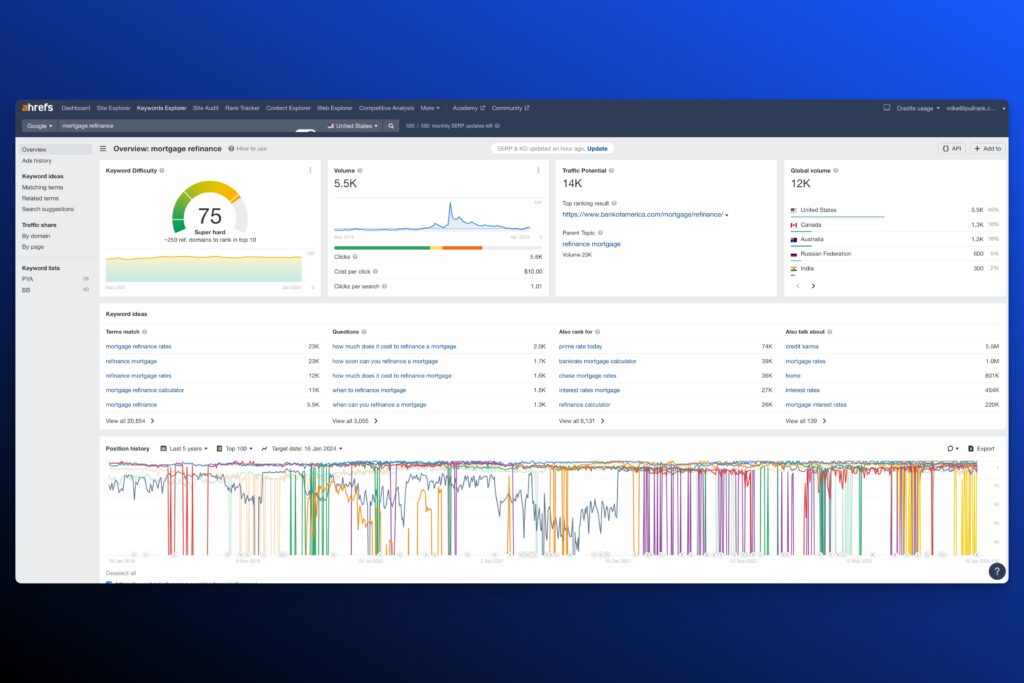
Assessing the keyword we can see a few key metrics stand out:
- Keyword Difficulty: 75
- Search Volume: 5.5K
- Cost Per Click: $10.00
Additionally, we see some other banks ranking in the top 10 and some fluctuations at number 1. It’s extremely competitive, but there’s an opportunity here.
For Semrush users, we see a similar picture with one key difference:
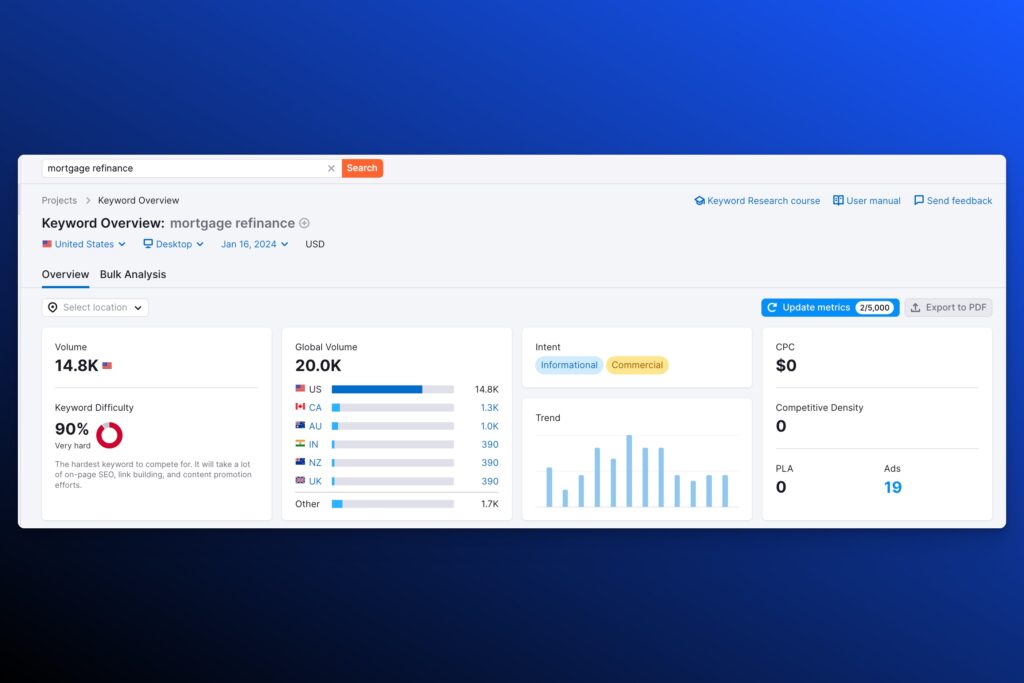
Key metrics:
- Keyword Difficulty: 90
- Search Volume: 14.8K
- CPC: $0
The $0 cost per click is inaccurate and should be dismissed since there are clearly ads on the results page. We also can’t ignore the significant differences in search volume. When we eventually calculate the ROI on the project, we should address the potential swing in revenue.
Now, it’s always valuable to look at the actual Search Engine Results Page. We get an interesting side story here:
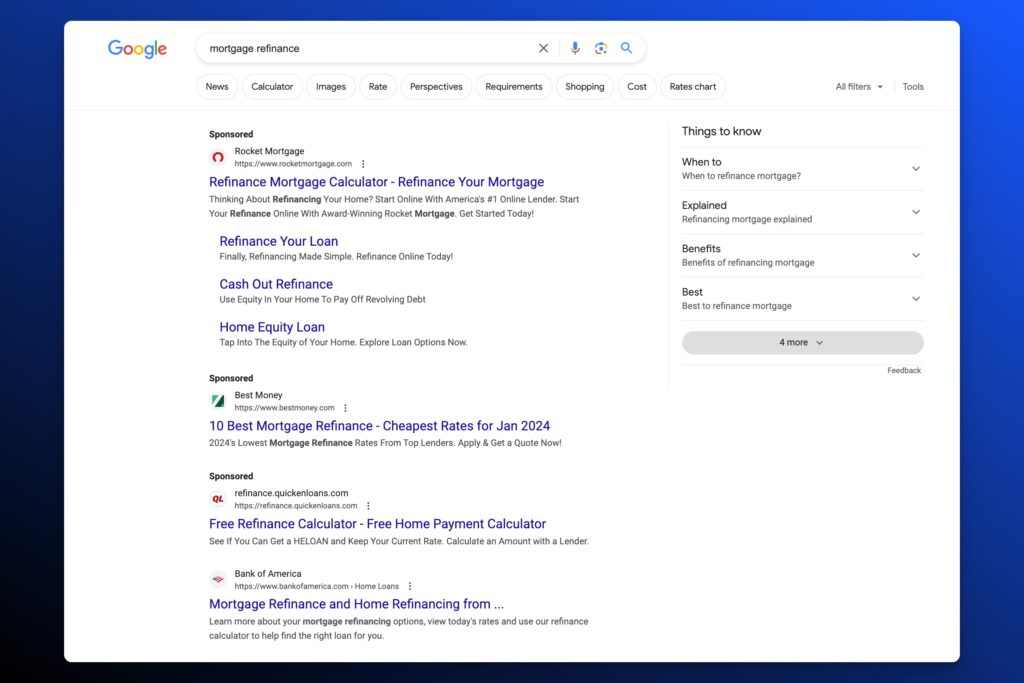
- Our winning content “Mortgage Finance and Home Refinancing From…” by Bank of America is below 3 ads and is the only visible organic ranking above the fold. You must rank in that top spot to stand a chance of earning traffic.
- Notice the Things to know in the sidebar? It’s another highly visible and traffic-driving opportunity that proves we should not look at any keyword in a vacuum. If you targeted those snippets, you might be able to also drive some additional traffic to your site.
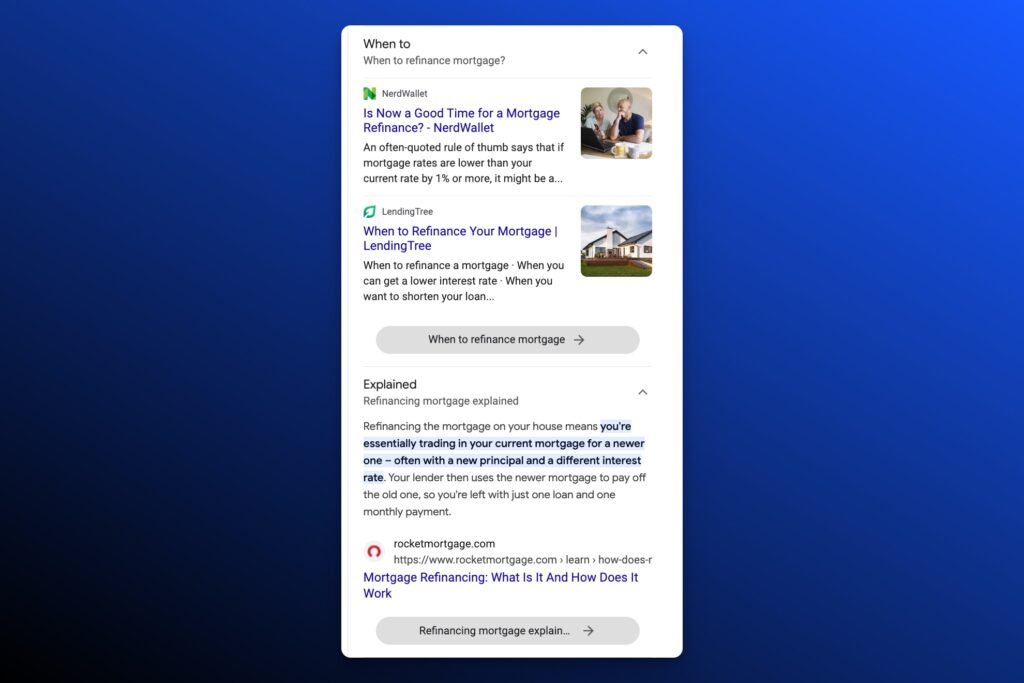
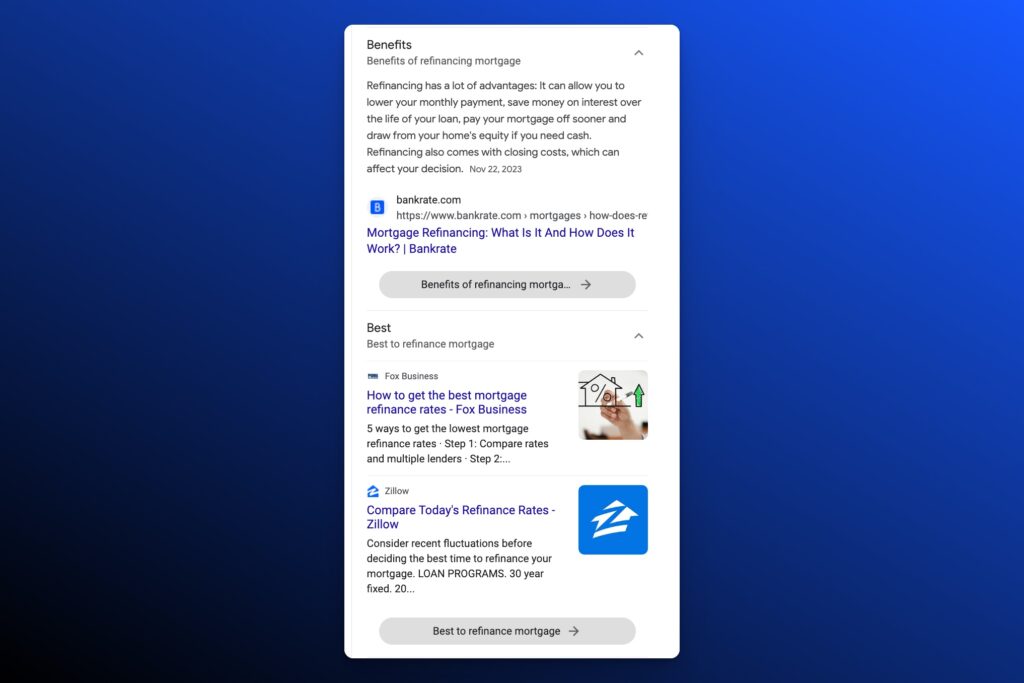
NerdWallet and BankRate rank here and in the top ten organic results (despite being below the fold). So your SEO strategist would most likely have you target both parts of this SERP with different content.
To make matters a bit more complicated, when you look below the fold, I see a completely different SERP layout.
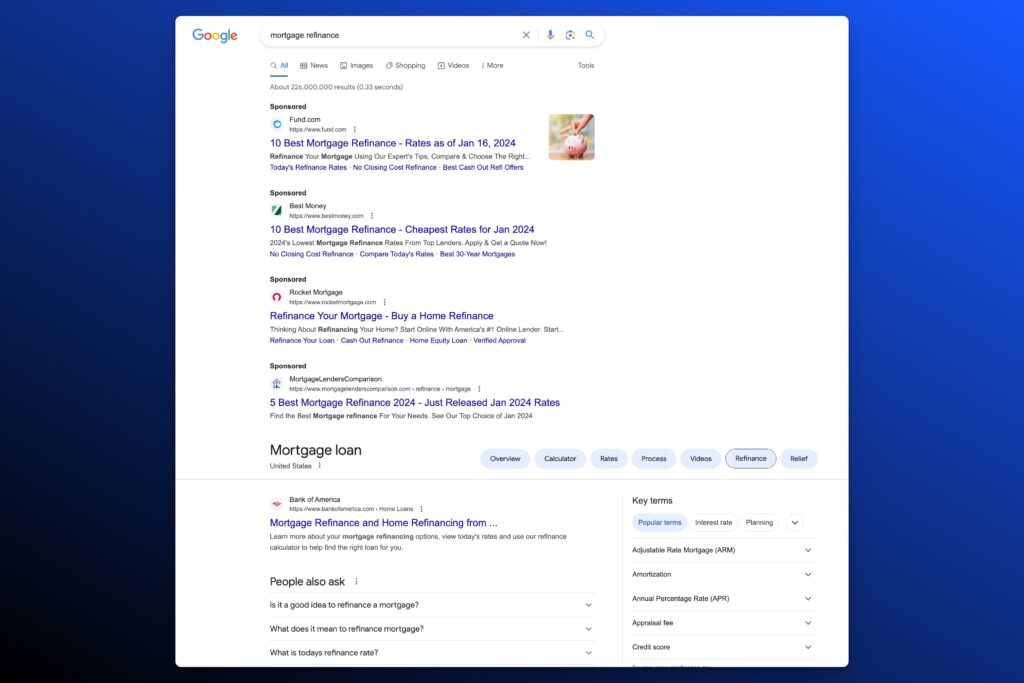
Bank of America still wins here (though they’re pushed down by a 4th ad), but there’s a lot more visual competition for clicks in the SERP.
Again, a good SEO strategist would likely chime in here. They might highlight that you’d miss out on opportunities for the other interactive elements in this SERP.
The big question for a quality SEO strategy: what will it take to win?
Let’s look at the number one result. I’ve broken it down into three parts.
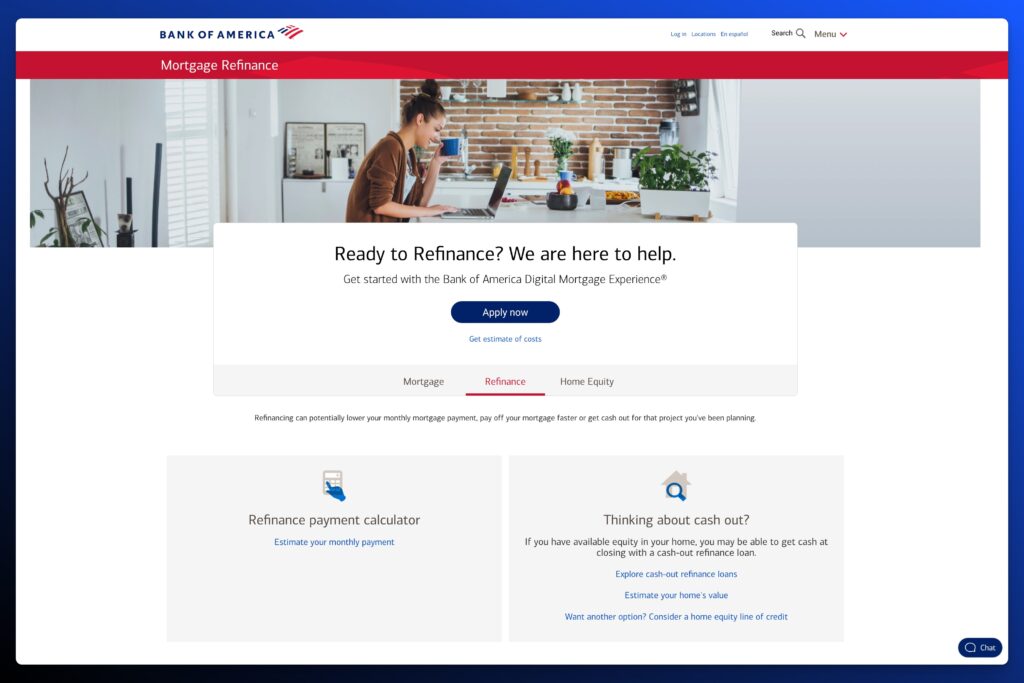
Not a lot of content! Above the fold, we have:
- A nice hero image
- A clear call to action that answers the main search intent, to refinance your mortgage
- A link to the refinance payment calculator
- Copy and links to other resources
What’s slightly below the fold?
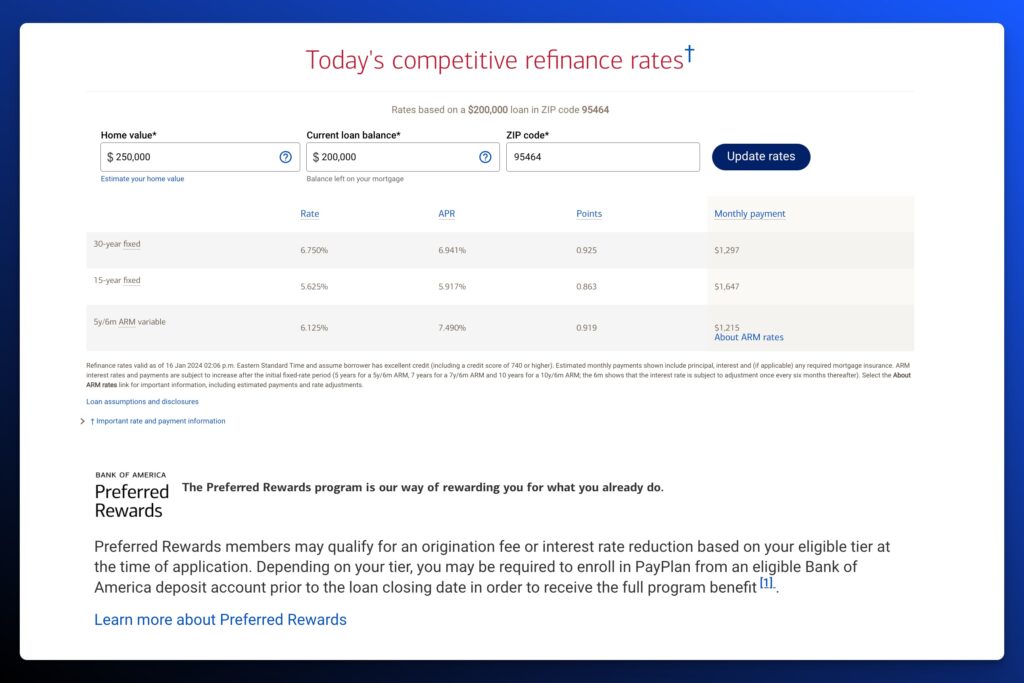
A mortgage refinance rate calculator! That’s some serious content. Not an easy lift.
And finally:
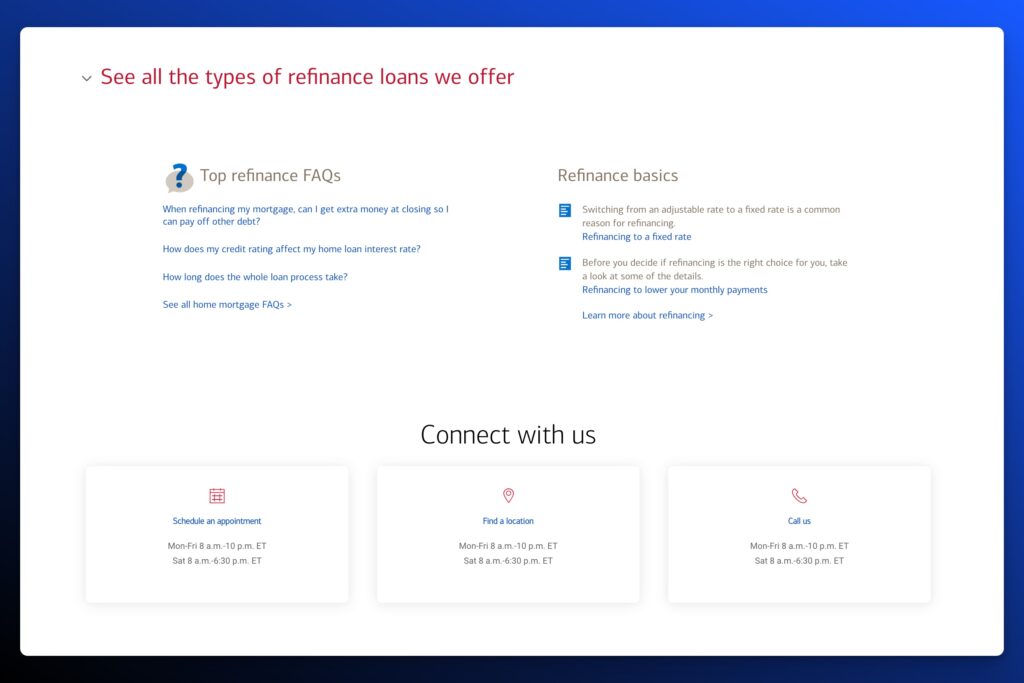
We’ve got a few more content elements:
- FAQ links
- Links to other refinance basic articles
- Contact Information
It’s worth acknowledging that there’s a variety of content for top competing results:
- RocketMortgage: Ranks second (and has ranked first). No calculator. Significantly more written content.
- BankRate: A more complex calculator. More written content. Actual refinance comparison options. Author trust signals throughout the piece. Comprehensive across the board.
Budgeting our SEO and Content Plan
Now that we’ve got an understanding of our metrics, a view of the actual SERP, and an analysis of the winning organic result, we can begin mapping out the project resource costs.
Let’s look at everything we’ll need to produce this Bank of America page:
- SEO Strategist
- Content Brief
- Content Writer
- Editorial
- Adding Internal Links
- Calculator Development
- Content Design & UX
- Staging & QA
- Link Building
SEO Strategist
Bringing on an SEO strategist freelancer or agency is necessary to address a thorough assessment and strategy centered on your business goals. If you’re targeting a set of keywords that don’t ultimately drive business value, you could find yourself burning unnecessary cash and even hurting your topical authority.
According to Ahrefs, the average agency rate for a project is $100 an hour, but for a YMYL brand, it would make sense to clock in at $150.
Note: The numbers above don’t reflect iPullRank’s rate or our business model. We work on longer engagements offering a variety of deliverables. If you’re curious about our services, please check out our services or schedule a consultation.
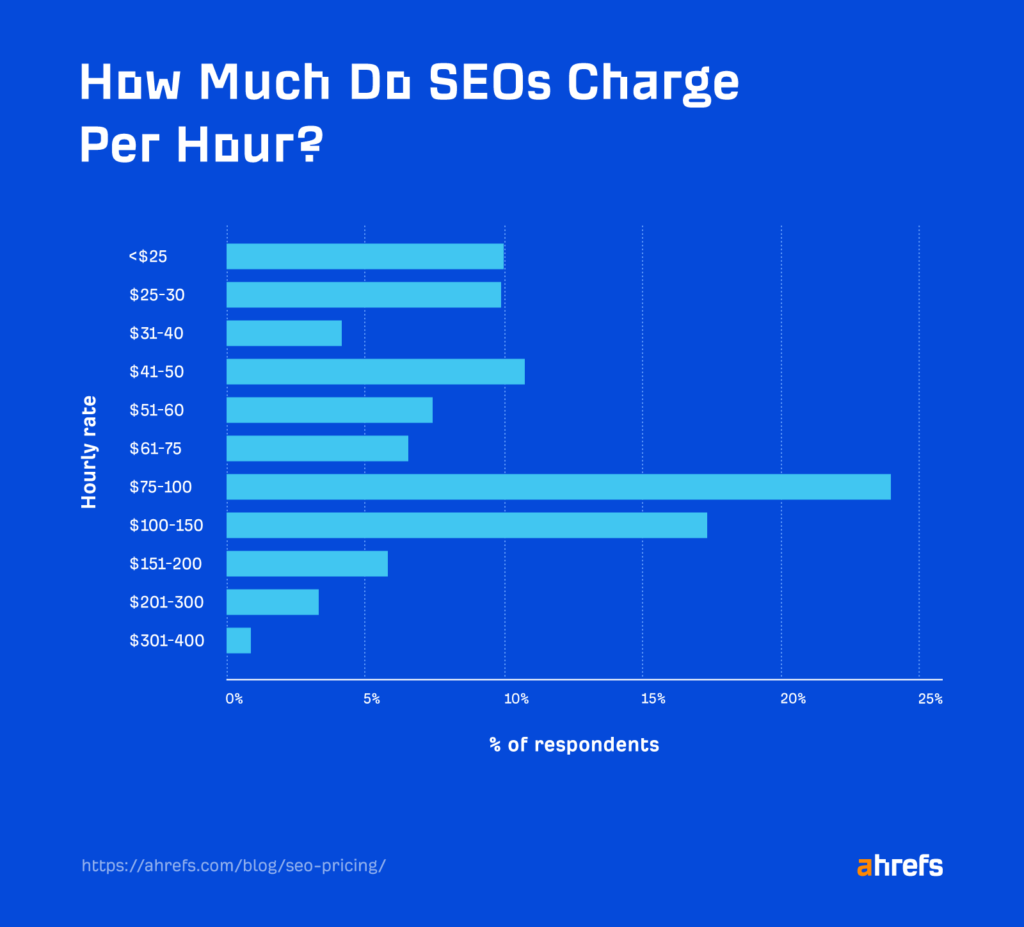
This job would take about 10 hours.
Cost: $1,500
Content Brief
You could use a tool like MarketMuse or Clearscope to produce the analytical information that’s required to create relevant content for the piece. Discovering that you need things like a calculator highlights the need for someone to review the brief and improve upon it with some additional research.
That would typically take 3 hours. So considering the agency rate and the cost of the tools…
Cost: $500
Content Writer
Despite the Bank of America page ranking number 1 without significant written content, let’s assume that to jump to the top of the SERPs, we should match the text of the number 2 RocketMortgage piece. That piece was about 2,000 words. According to this 2023 freelance writer rate study by All Things Freelance Writing, the average rate is about 15 – 30 cents per word.
That would typically take 3 hours. So considering the agency rate and the cost of the tools…
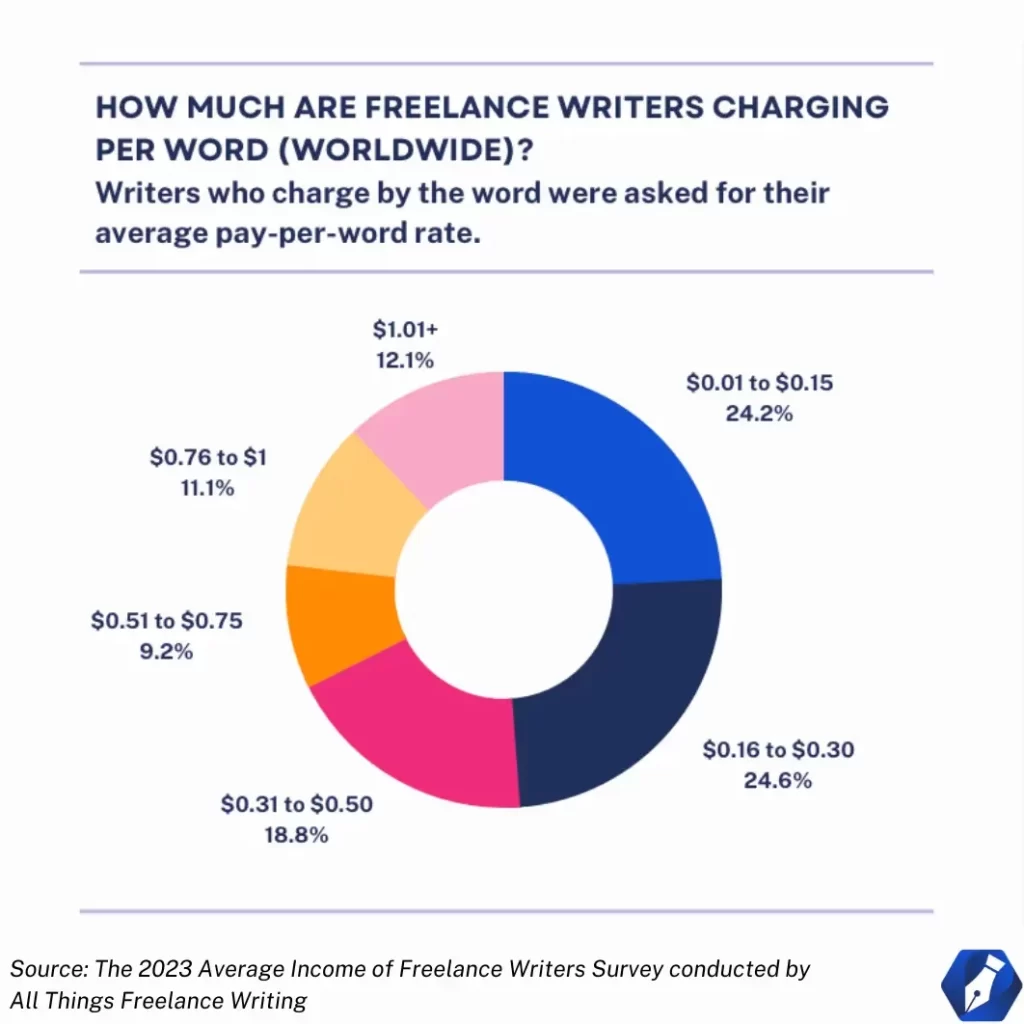
That would be $400 for 2000 words, but assuming we want a higher-quality writer, let’s double it.
Cost: $800
Editorial
We won’t dive into the options around generative AI content creation, but let’s just say that editing your content has never been more important. EditorNinja would complete a 2000-word project in 5 business days for $100.
Cost: $100
Adding Internal Links
Internal link research and implementation could take at least 10 hours if completed manually. You need to identify relevant content (assuming it even exists) and depending on the organization and size of the website, this could be a herculean. We will continue to use the agency rate.
Cost: $1,500
Development (Calculator)
Naturally, the more complex the project, the more expensive the budget. For this type of calculator that needs to pull in the most relevant data on mortgage refinancing, let’s conservatively estimate the job would cost $10,000.
Cost: $10,000
Content Design & UX
This page doesn’t require an excessively complex design. If the brand has a documented brand style guide, that would reduce the costs as well. But we do have a calculator that requires some polish and clean usability principles. Since UX and content design is highly specialized, a fair average hourly amount would come to $200 according to UsabilityGeek. A simpler project like this might take around 10 hours.
We can conservatively estimate that would be about $2,000.
Cost: $2,000
Staging & QA
The cost of bringing the entire recipe together for a page requires a team effort, but staging and QA are responsible for a range of details to be accounted for. The calculator needs to work as expected. The copy needs to be responsive across devices. Internal links, structured data, and canonicals all need to be implemented correctly.
Developer hours can run significantly higher than a standard agency rate, so we’ll increase the hourly costs to $300 per hour. A developer uploading, testing, and reviewing the page would take around 5 hours.
Cost: $1,500
Link Building
Link building is one of the most important and expensive components of this project. We live in a pay-to-play environment and the type of high-quality links required to be of value for a YMYL page will realistically cost $750 per link. To compete with the other sites on this keyword, let’s say your SEO strategist says you need another 50 links.
Cost: $37,500
The Budgetary Bottom Line for a Single Page
After defining the parameters and taking into consideration most of the costs for this single page, you can see how expensive the cost would be to your brand:
- SEO Strategist: $1,500
- Content Brief: $500
- Content Writer: $800
- Editorial: $100
- Internal Links: $1,500
- Development: $10,000
- Content Design and UX: $2,000
- Staging & QA: $1,500
- Link Building: $37,500
Total: $55,400
Now, does that sound like a ridiculous budget for a single page on your site? Depending on the size, industry, and budget for your current marketing efforts, absolutely.
But we need to evaluate the revenue generated from a page like this. In our vacuum, we’re only ranking for one keyword. In reality, the top URL for this query, from Bank of America, depending on your SEO tool of choice has:
- Keyword Rankings: 3000 via Ahrefs (217 in the top 3) and 2.3K via Semrush
- Traffic: 12.5K via Ahrefs and 12.6K via Semrush
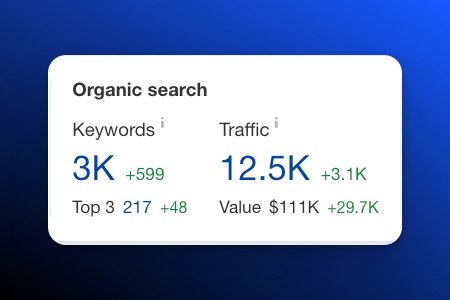

With the traffic data, to calculate the ROI, we’ll want to determine:
- Avg conversion rate
- Close rate of a lead
- Avg closing costs
Unbounce determined that the average conversion rate in the lending industry is 5.6%.
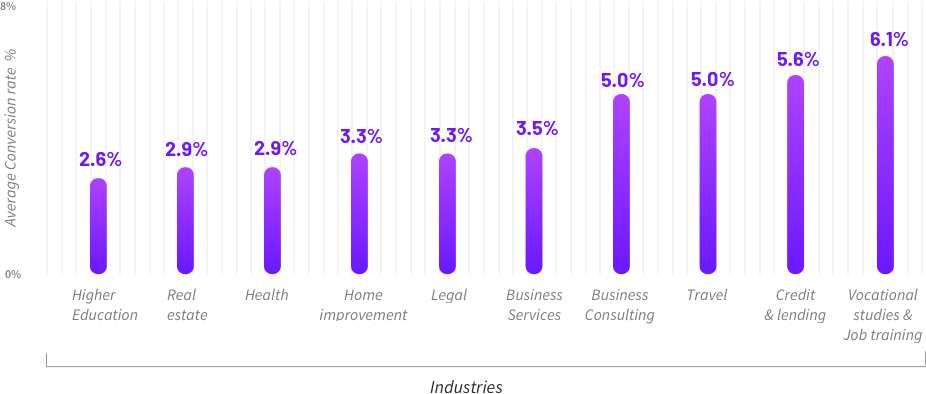
The average lead conversion rate for organic search in the financial industry (as of 2021) is around 3 to 4 percent.
According to BankRate, closing costs for refinancing a mortgage can run anywhere from 2 percent to 5 percent of the principal. For a $350,000 house (the typical price of houses in the US in 2023), that’s $7,000 – $17,500. Now, there weren’t as many refinanced mortgages over the past few years with low housing rates. But with rates climbing then dropping, you can imagine it won’t be long before we see consumers take advantage in the drop.
So if we multiply our traffic, by the average conversion for the finance industry, by the close rate of a mortgage lead, by the average closing costs of a mortgage refinance, we should have our potential ballpark revenue.
300K! Oh, by the way, that’s per month.
Multiply that by twelve?
$3.6M annual revenue.
So to DiNardi’s original point, in the first year alone, it’s a gross understatement to say you would merely offset the investment (even when taking the conservative traffic cost estimate from Semrush.)
My point is that you can see how refinanced mortgages with a partial attribution to this page could easily 60x the revenue generated against the investment. Additional incremental revenue could be astronomical.
Considering that most of the top-ranking domains are affiliate media publishers and there are only three banks in the top 10 (at 9 and 10 respectively), this is a smart SEO strategy by Bank of America.
Cost Considerations Beyond Our Example
- Local businesses might require a budget for Google Business Profile Optimization, professional photography, and online review campaigns
- Ecommerce businesses might need to account for the costs associated with product photography, work within the Google Merchant Center, and eCommerce-focused SEO considerations like canonicals.
- Media publishers might need to take into consideration the additional costs of journalism expenses for travel and accommodations, subject matter expert interviews, and even video production.
How should you look at keywords?
Look, SEO is evolving. Generative AI spam is out of control. People are using other platforms to search for information. Google’s Search Generative Experience could roll out any day now.
Historically, we were trained by the search engines. In the early 2000s, we learned to search with simple 2-3 word queries to get the results we knew we wanted. But now, Google understands language better. It understands context. It pulls together semantic relationships and connects results across search journeys.
Thinking about content in the context of individual keywords doesn’t make as much sense anymore. Your website needs to cover every stage of the search journey. You need to be aggressively in control of your topical authority.
2024 will be an exciting year in SEO and Content Strategy. The fundamentals remain the same, but the behavior of people is changing. Your marketing needs to change with it.
Get out of here with that single keyword stuff.
Want to explore modern audience research, build an entire keyword portfolio, and develop a content strategy? Reach out to our team and let us know you want to discuss where iPullRank could take your brand.
Next Steps
Here are 3 ways iPullRank can help you combine SEO and content to earn visibility for your business and drive revenue:
- Schedule a 30-Minute Strategy Session: Share your biggest SEO and content challenges so we can put together a custom discovery deck after looking through your digital presence. No one-size-fits-all solutions, only tailored advice to grow your business. Schedule your consultation session now.
- Mitigate the AI Overviews’ Potential Impact: How prepared is your SEO strategy for Google’s AI Overviews? Get ahead of potential threats and ensure your site remains competitive with our comprehensive AI Overviews Threat Report. Get your AI Overviews report.
- Enhance Your Content Relevancy with Orbitwise: Not sure if your content is mathematically relevant? Use Orbitwise to test and improve your content’s relevancy, ensuring it ranks for your targeted keywords. Test your content relevance today.
Want more? Visit our Resources Page for access to past webinars, exclusive guides, and insightful blogs crafted by our team of experts.
- How Mountain Dew Won the Super Bowl with 46% Brand Visibility across ChatGPT, AI Overviews, and Perplexity - February 12, 2025
- SEO RFP: The Best Process for Hiring the Right Agency [Template] - October 2, 2024
- Status Quo Bias: The Behavioral Economics Principle That Rocked the Google Antitrust Trial - August 22, 2024

